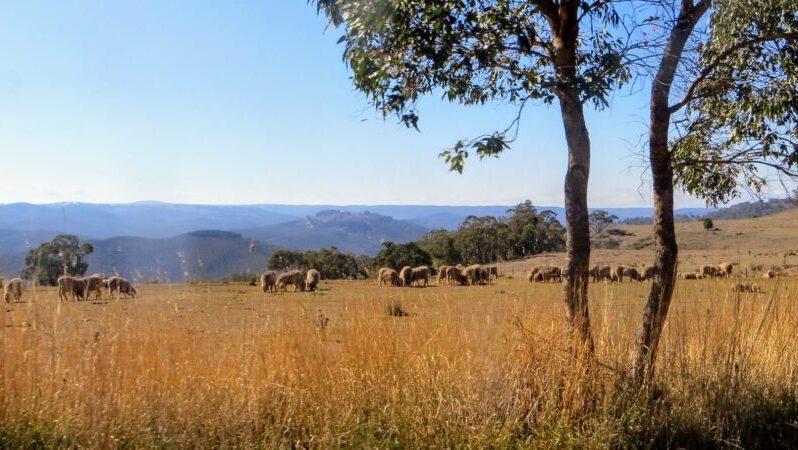A new reports commissioned by the Albanese government has found flaws in Australia’s carbon credits, supporting criticisms raised by a whistleblower who referred to it as “largely a sham”.
As requested by the independent Chubb review, the study by the Australian Academy of Science, among other things, examined the strengths and limitations of four methods used to generate Australian carbon credit units by reducing or avoiding emissions.
The academy’s report found that each of the methods – human-induced regeneration (HIR), avoided deforestation, landfill gas, and carbon capture and storage – had flaws that potentially undermined investor and community confidence in credits.
Read also: Climate Change: IRCS seeks compensation for affected countries
Apart from the question of whether or not the projects claiming the carbon cuts would have gone ahead without the granting of credits, the methods’ complexity and lack of transparency were other challenges of the scheme.
Farmers in inland New South Wales and Queensland were reported to have been paid for limiting land clearing for cattle grazing when the biggest factor in vegetation growth was rain.
In its analysis of the single largest Australian carbon credit unit source at 28%, the study found that variable patterns in rainfall are the dominant drivers of fluctuations in woody biomass in these systems, with the proportion attributable to human activity small and variable.
“This triggers the ‘evidence based’ offset integrity standard, as it is not clear how changes in carbon sequestration in HIR projects can be convincingly differentiated between human and climatic changes,” it showed.
An Australian National University professor and former head of the government’s emissions reduction assurance committee who warned much of the carbon market was a waste of taxpayer funds, Andrew Macintosh said that the report findings “support our position that the carbon market has significant integrity problems that are in need of urgent attention.
He noted that with HIR projects, the regulator had “no processes for separating out the impacts of rainfall from the impacts of grazing management, meaning proponents will inevitably be credited for rainfall-induced changes in tree and shrub cover.
“In simple terms, proponents will get credits for growing trees that would have grown anyway,” Macintosh was quoted as saying.
Furthermore, the report recommended such projects be limited to “areas with higher rainfall and showing clearer signals of human activity”, findings in line with his group’s views.
Story was adapted from the Guardian.
